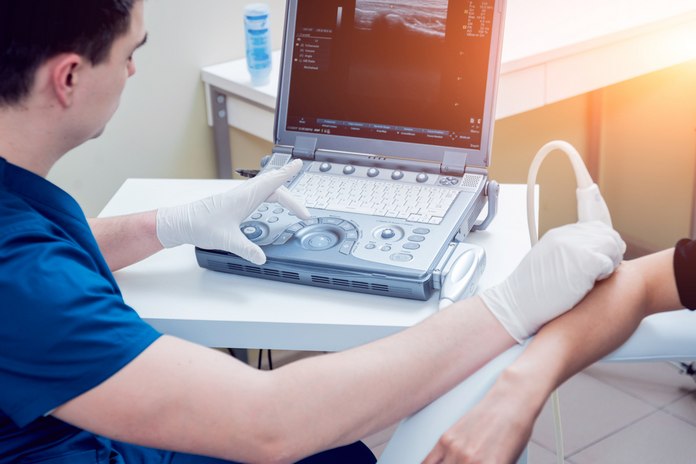How is Tennis Elbow Diagnosed?

If you are experiencing pain in your elbow, there is a good chance you are suffering from tennis elbow. Tennis elbow is a condition that occurs when the muscles and tendons in your forearm become overused. The pain is usually felt on the outside of your elbow and can extend all the way to your shoulder. If you are experiencing any of these symptoms, it is important to see a doctor for a diagnosis.
Physical examination
Tennis elbow is a condition that can be diagnosed through a physical examination. The doctor will look for signs of tenderness and swelling in the elbow joint. He or she will also test the range of motion in the elbow and see if there is any pain when moving the arm. The doctor may also order imaging tests to confirm the diagnosis.
X-Rays
X-rays are often used to diagnose tennis elbow. This imaging test can help doctors identify whether there is damage to the tendons or bones in the elbow. X-rays can also help rule out other conditions, such as arthritis, that may cause similar symptoms. In some cases, MRI or ultrasound may also be used to get a closer look at the structures in the elbow.
If you think you may have a tennis elbow, see your doctor. He or she will likely order an x-ray to help make a diagnosis.
Ultrasound
Ultrasound is a painless, noninvasive test that uses sound waves to produce images of the inside of your body. It is commonly used to diagnose various conditions, including tennis elbow. It is generally a safe and effective way to diagnose tennis elbow. However, it is important to note that ultrasound may not be able to identify all cases of tennis elbow. If you suspect you may have tennis elbow, it is important to speak with your doctor so that other diagnostic tests can be performed.
MRI
Tennis elbow is a common injury that can be difficult to diagnose. MRI is a useful tool for diagnosing tennis elbow as it can provide clear images of the affected area. MRI is also helpful in ruling out other potential causes of elbow pain, such as arthritis or tendonitis.

